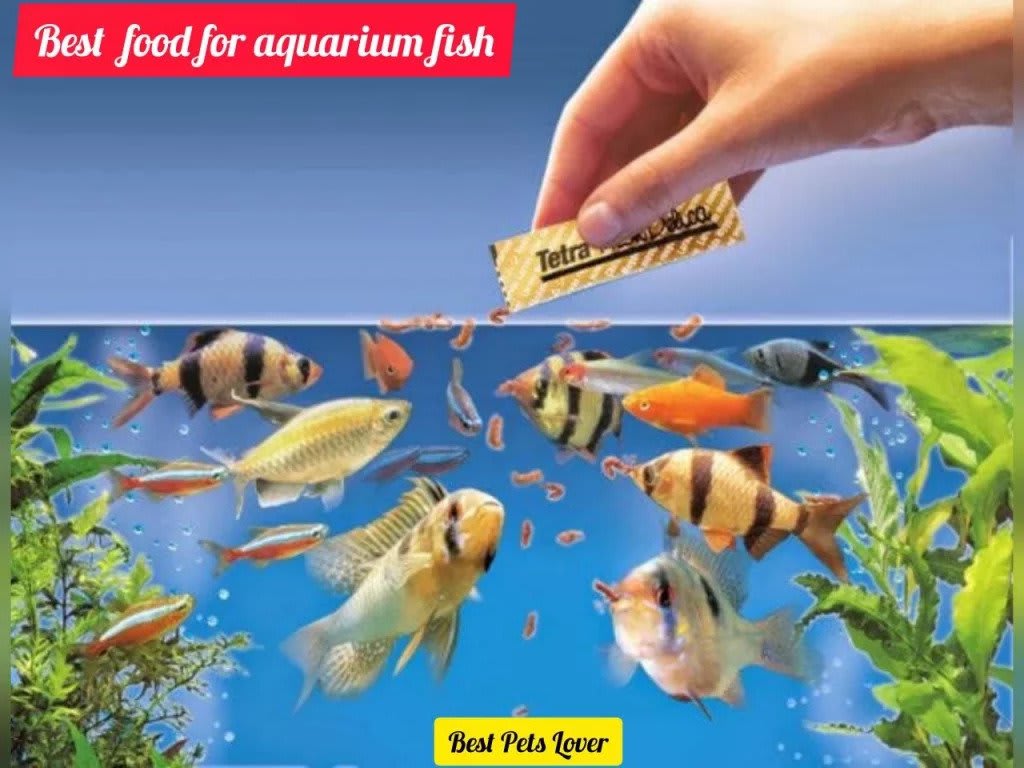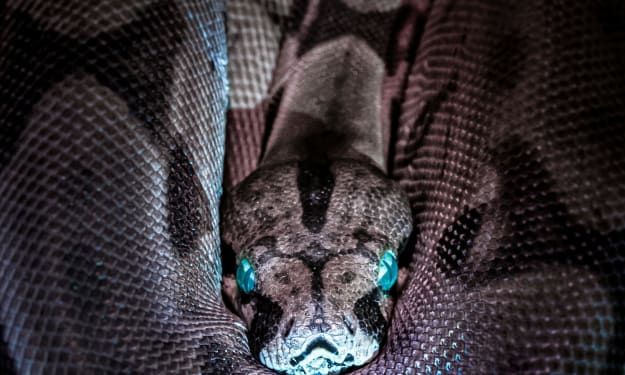
How to choose fish food? Knowing your nutritional requirements is essential. Most aquarium inhabitants are omnivorous species whose diet is based on both animal and plant ingredients. Another criterion that must be taken into account when choosing food for fish is the way they are fed. Other foods are suitable for feeding bottom-dwelling species, and other foods for those that swim among vegetation or in the depths.
What fish food for aquariums is the best available?
Feeding our pets, and providing the correct aquarium fish food, is one of the big concerns that we all have, whether it is cat food, dog food, or fish.
The challenge is to get adequate food so that the health of the fish is not altered because of the food. Healthy fish won’t have issues in the aquarium because they are well-fed.
We have to be clear that the fish we have in the aquarium have different origins and I am not just referring to their origin in nature, which can also influence their diet.
While a few fish (the most commercial and easy to obtain in captivity) come from farms and are used to being fed with prepared food, others come directly from the wild, where they get a completely different diet than the one we can offer them.
To provide them with the correct diet, we must know their habitat of origin and what they eat in the wild. Cold water fish, tropical fish, marine fish, and bottom fish all require distinct diets, thus feeding them all the same thing won’t work.
Depending on the habitat that we have recreated in the aquarium, it may be the case that we have fished with different eating habits and that we must treat it differently. We must be aware of their requirements and supply them with the right nutrition.
5 Formats of Food for Aquarium Fish
Although we are going to look at the different types of aquarium fish food, there are some considerations to keep in mind before going into detail. The first of these: is the age of our animals. The mouth size of the fry is not the same as that of an adult fish. A good reason for us to be careful in this regard.
In addition to this and before choosing a certain food for aquarium fish, we have to thoroughly investigate the characteristics of each species of fish. The reason is simple. There are herbivorous, carnivorous, and omnivorous fish. And, although we may believe that there is nothing wrong with altering this diet, it is not. Herbivorous fish have longer digestive tubes than carnivorous ones. For this reason and if we offer them a diet low in fiber, we can cause intestinal problems. And, conversely, it is also problematic. A fiber-fed carnivorous fish will not have the energy supply it needs to live in full vitality.
We leave one last consideration for last. And it is none other than the feeding habits of each fish. Because, while there are fish that eat on the surface, others do so naturally at the bottom of the aquarium. And contemplating this aspect is as important as choosing the correct composition of the diet of our fish.
So let’s see what options we have when it comes to aquarium fish food.
Dry food, the most common aquarium fish food
It is the most widely used fish food for many reasons. On the one hand, for its incredible versatility of presentations. We can have it in flakes, granules, or flakes. But it is not the only thing that dry food is versatile. It is also in its nutritional proposal since we can find food for aquarium fish in this format for both carnivores and herbivores.
In addition to this, dry fish food is enriched in vitamins and nutrients. One last detail that makes this food an important part of a balanced diet. But beware: dry food should not make up 100% of any fish’s diet.
Freeze-dried food
In appearance, freeze-dried food is very similar to dry food. But it is only appearance because this type of food for aquarium fish has a substantial difference: its composition. The genius of freeze-dried foods is that they allow us to have certain foods rich in nutrients.
And it’s not that we can’t dispense them to our fish in another way, because we could do it fresh or raw. However, if we opt for freeze-dried food, we will be sure that we are administering a diet free of parasites and pathogens. And with another plus: thanks to the drying process of this type of food, the nutrients remain despite being handled.
Non-living fresh food
Many of the carnivorous fish of tropical origin demand fresh food in their diet. We refer to prawns, mussels, or even chicken or animal entrails. Although the administration of this type of food must be punctual, we must be cautious. Not all fish demand or tolerate fresh food. A good reason, yes we insist! to know for sure the feeding routines of our fish.
Even though this aquarium fish food may seem healthy, beware. Introducing fresh food into the aquarium can be dangerous for many reasons. On the one hand, we can introduce some parasite or pathogen that ruins our fish colony. On the other, its presence uncontrols the parameters of the water.
Live food, the food for aquarium fish that provides the most nutrients
Let’s not fool ourselves. In a natural environment, fish that are not purely herbivorous feed on live animals. The most common morsels are daphnia or water fleas, mosquito larvae, small worms called tubifex, and shrimp.
And yes: it is clear that its nutritional contribution is infinitely greater than any other type of food for aquarium fish. But, again, their presence in the aquarium can compromise their health. They can be a source of pathogens and parasites.
Frozen food
The perfect alternative to be able to give our fish live food guaranteeing safety. The same bites we’ve mentioned are often available frozen. And the only precaution that we will have to have with them is when administering them to our fish. Another attraction: is that, despite being frozen, they retain a good part of those nutrients that make them healthy delicacies for fish.
To do it correctly, the ideal is to take a little water from the aquarium and put the different crustaceans and worms in it to thaw. When they are tempered and completely thawed, we can add them to the aquarium so that they can enjoy them.
Different types of fish food
There are several types of fish food on the market that are already prepared and that we do not have to deal with. However, if we have time and want, there are some homemade fish food recipes that we can make.
There are five distinct categories of fish food:
The great advantage is that they are usually enriched and are the ideal complement to a balanced diet, which should include live and fresh foods.
Fresh food, but not alive
Some fish appreciate small pieces of mussels, prawns, fish, even chicken, or animal organ meats being included in their diet.
It should not be the basis of food, and we must be careful with “what” food we use, depending on what species we have in the aquarium.
You also have to be very careful not to accidentally introduce any type of parasite.
Natural food
Natural foods are considered the best solution for aquarium fish. In the case of predatory fish, we are talking about living organisms, and the herbivorous inhabitants of aquariums will surely eat algae, vegetables, or aquatic plants. Lastly, a couple of issues: small fish species and those with small mouth holes should be fed flakes and pellets. Larger species that take food from the surface of the water are best-fed chips and sticks, while bottom fish eat flakes, pellets, pellets, or wafers.
Fish flakes
Not to mention the fish that eat fish scales. This is the most well-liked fish food available. It is universal, which means it is suitable for species that feed in any area of the aquarium. First, it floats on the surface, then it falls and dissolves throughout the aquarium and allows those individuals who prefer the lower areas to be fed.
Granules for fish
Ideal for feeding fish deep and at the bottom of the aquarium. It is available in different sizes and sinking or slow-sinking versions. Its structure has a smooth surface and closed pores, which allows slow water absorption and high hydrostability, as well as a limited release of ingredients into the water.
Fish pills
Their great advantage is that they can be attached to the aquarium wall and placed at the bottom. They can be used to feed deep-sea fish, crustaceans, as well as bottom dwellers.
Fish sticks
It is a floating food for medium and large species of fish that take it from the surface of the water.
Fish wafers
As the wafers quickly sink to the bottom, they are an ideal food for crustaceans and bottom-feeding fish. It is a food that absorbs water slowly and retains its shape for a long time, which in turn makes it an ideal food for fish whose mouth opening is adapted to wear down food from different surfaces.
Fish chips
Fish chips have a flat disk shape and are distinguished by high hydrostability. Although they are mainly intended for the larger species, the smaller specimens also have no problem eating them, they simply bite them into small pieces. Practically under the surface. We will now discuss the types of fish food with their characteristics to help you choose the best food for your aquarium inhabitants.
What do fish eat?
We have to be clear that the aquarium is a very limited space, in which we can only aspire to recreate the natural environment of a fish in freedom.
The limitations are of all kinds, and at the same time, we are creating a controlled environment, in which you will not have the typical surprises of your life We are creating many health hazards in freedom, such as those brought on by the quality of the water itself, in addition to the risks associated with having to face your natural predators.
That is why it is very important to combine live and dry food because dry food contains elements that balance the diet and keep them healthy.
Shrimp, tiny worms, and mosquito larvae in jelly or frozen form.
Dried food Flakes, flakes, floating food, granules, pills, or protein- and fiber-rich algae like spirulina.
Thus, on the market there are all kinds of feed specifically created to meet the needs of each type of fish, taking into account their characteristics and their eating habits in freedom.
About the Creator
Abu Saleh
Content writer & Affiliate marketer. https://bestpetslover.com






Comments
There are no comments for this story
Be the first to respond and start the conversation.